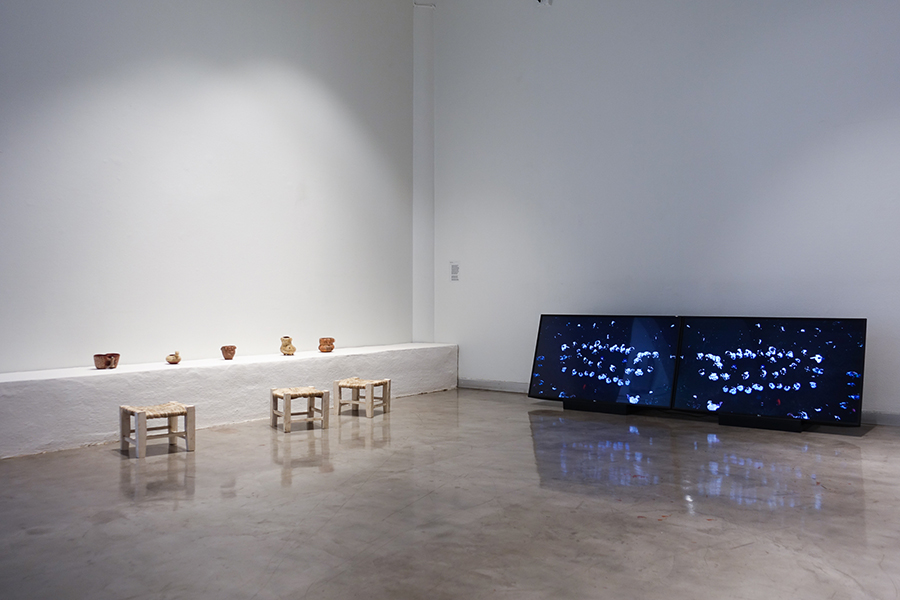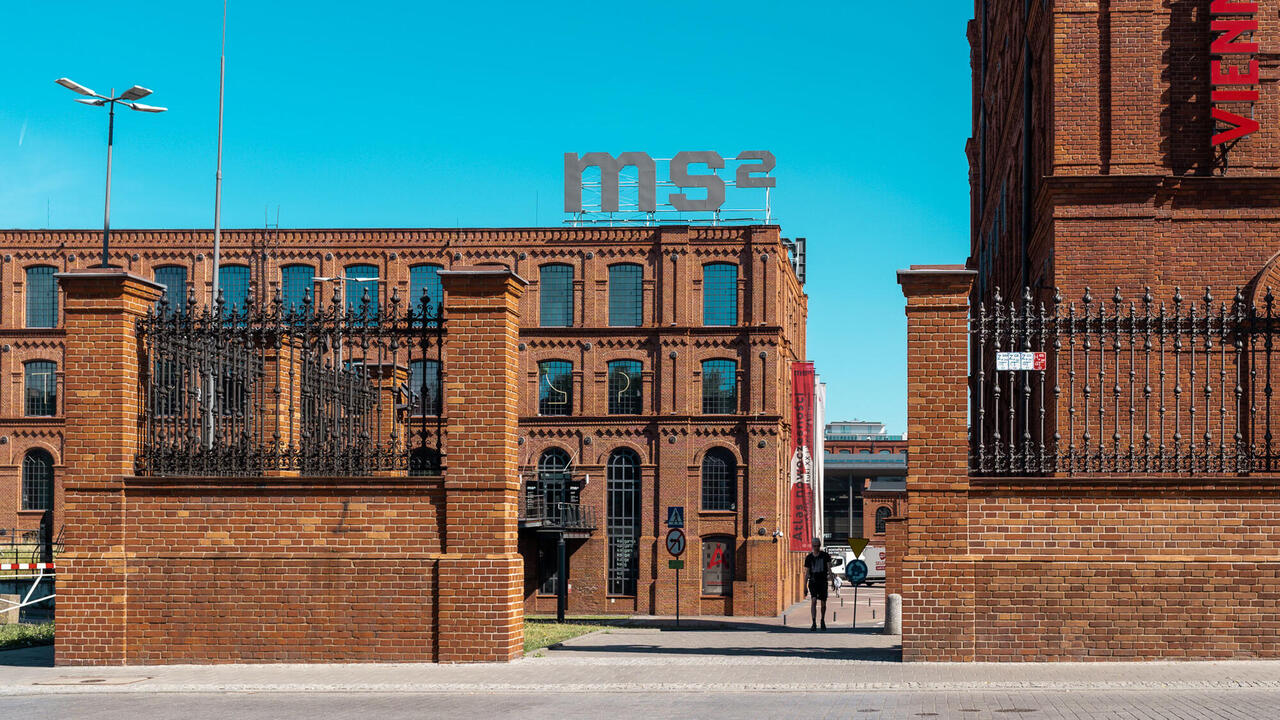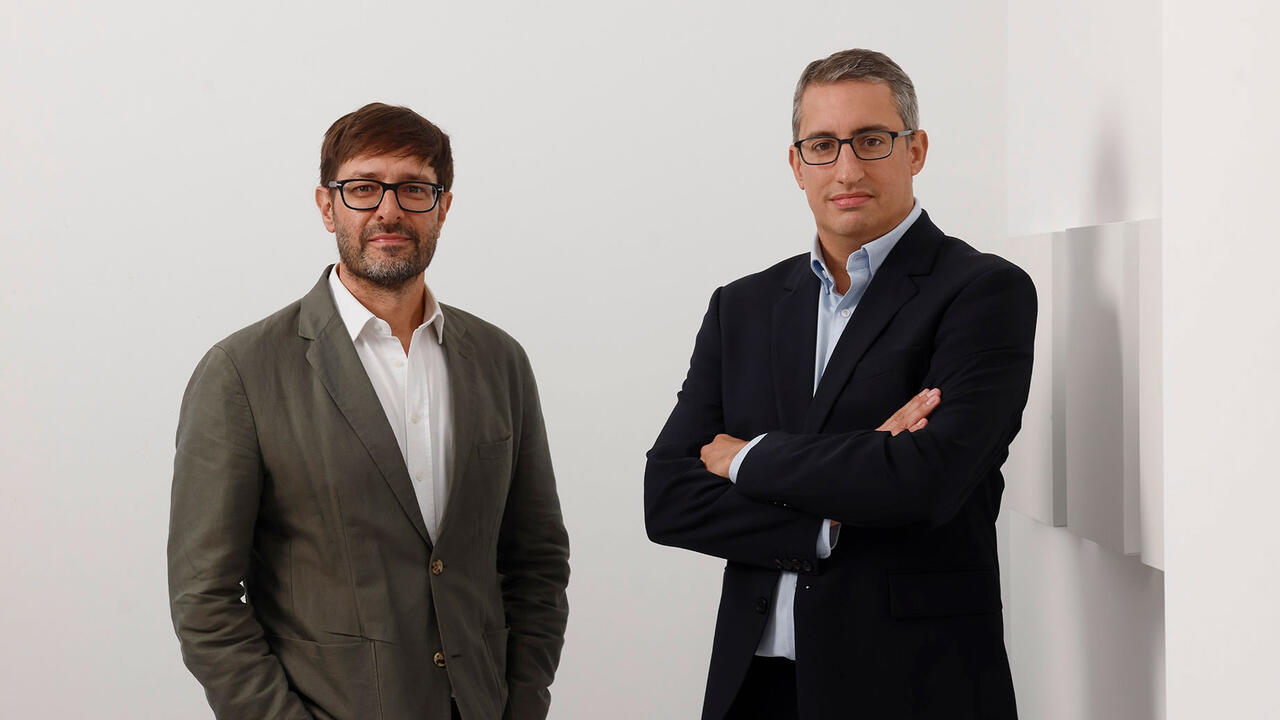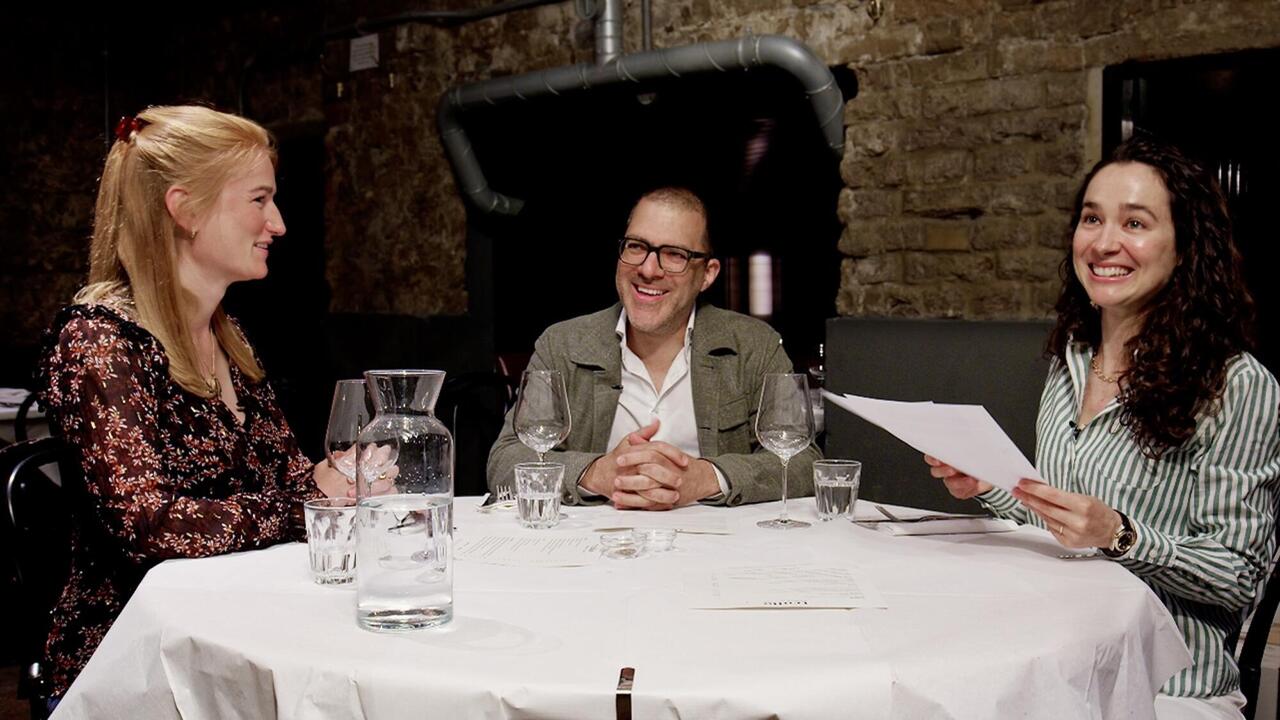‘An Awareness of Disappearance’: an Interview with Poet, Activist and Artist Cecilia Vicuña
Vicuña’s retrospective at Witte de With, Rotterdam, brings together over a hundred key works
Vicuña’s retrospective at Witte de With, Rotterdam, brings together over a hundred key works

Caoimhín Mac Giolla Léith: How would you describe the relationship between your art-making, writing and activism? Has it changed over the years?
Cecilia Vicuña: It’s a relationship that keeps moving while remaining the same. I couldn’t think of one without the other and so the limit between them is porous and shifting and leaky. Something in me seems to know what’s what, whether this is something that goes in the direction of writing or the direction of art. As for activism, when I was young, teenagers my age were completely involved in Chilean politics. When there was a miners’ strike we were on the street. We didn't think: those are the miners and we are the high-school students. It was one and the same. Yesterday I went to visit Marx’s grave at Highgate cemetery and cried hopelessly. To think that those words meant something: ‘Workers of the world unite’. That unity for us was not an idea but something that we lived. I think I translated that unity into my creative process.

CMGL: Feminism is obviously one of the most important social and intellectual movements of our lifetime. Can you say something about your relationship to it?
CV: Both my grandmothers and my mother had this tremendous frustration at not being able to be what they really were. I sensed that like an animal force within me. The minute I heard that there was something called feminism I knew I was one of them. The liberating force was tremendous.
CMGL: You have described many times an early moment of personal revelation – on a beach in Concón, Chile, in 1966 – of interconnectedness with nature. The 1960s saw increased consciousness of ecological matters, though nothing compared to the present when we have proof of our species’ destructive presence on this planet. How have your practices evolved in relation to our changing perception of our place in a grander ecology?
CV: Well, if all these elements of my practice were connected before, now they are much more intensely pushed together as a stream of consciousness directed towards continuity of life. This, for me, is the core way indigenous culture differs from Western culture. If you peel away all the philosophical and conceptual ideas you come down to a love, an intense passion for what came before and what will come after. That orientation towards continuity of transmission has become far stronger now that I know we’re all dying.
CMGL: Can you give examples?
CV: I’ve just done an exhibition in Santiago called ‘Minga del Cielo Oscuro’ (‘Minga of the Dark Night’). Minga is an indigenous concept, a word in Quechua meaning ‘a collective work with a common purpose’. The purpose here was to bring awareness to the fact that the disappearance of the darkness of night is killing us and thousands of other species.
CMGL: Because of the ubiquity of artificial light?
CV: Exactly. Technology is pushing blue light through screens. Blue light causes cancer and kills insects. Artificial light affects the migration of birds. Most of all, in terms of our human future – if there is a future – it affects our sensory system. We become desensitized by the lack of darkness, by the lack of night. When I discovered that – my God! – that was such a revelation. I called for a minga where scientists, ancestral knowledge and artists collaborate to bring awareness to that idea. Ideally, if this succeeds, it will change the law. It’s a very ancestral, ancient concept where the poet advances the law. It’s not that I have that ambition personally but that the collective intelligence moves toward it.

CMGL: Your retrospective at the Witte de With in Rotterdam this year surveys more than half a century of activities and objects. How different is it looking back compared to the anxious looking forward that we’ve been discussing?
CV: Looking back has to be focused on failure. Hence the exhibition’s title: ‘Seehearing the Enlightened Failure’. It’s is a very funky translation. In Spanish it works several ways. Veroír El fracaso Iluminado can mean you’re throwing light on your own failure, or throwing light on the failure of such-and-such phenomena, or that failure has been enlightenment. I wrote a poem about the failure of my life when I was a teenager. I somehow had an awareness that my life was going to be a total failure. And if you look at the stories represented in the retrospective in Rotterdam, it’s one failure after the next. For example, the principal failure: in 1970, I understood that only through reforestation could we save this earth. I proposed it to Chilean then-President Salvador Allende who said: ‘I love it, but Chile is not ready’. And now Greta Thunberg and all enlightened people say the only action we can take to protect the biosphere is to plant billions of trees.
CMGL: The wordplay in the title of your Witte de With show is also characteristic of both your poetry and your visual art. I'm thinking of the ‘Palabrarmas’, an important series of colourful, banner-like works made in London and Bogotá in the '70s. This neologism, which blends palabras (words) and armas (weapons), suggests a weaponizing of language.
CV: I was 17 years old, living in Santiago, when I had my first revelation – a vision, in William Blake's terms – of a word as if it were an animated construct or creature that had a sort of agency to itself. There is a sort of corporeality or embodiment that allows me to feel words. Over time I’ve done a lot of research into indigenous views of language and found that this embodiment of meaning hides its true meaning, which is intent. So the notion that intent, as condensed in the word, can affect living things is not only ingrained in indigenous languages but is becoming apparent in quantum physics and in quantum biology.
CMGL: Can you say something about the form that has become your sculptural trademark, a method of keeping record and communicating information through knotted string? How and why did you decide to adopt and adapt the quipu?

CV: It’s a miracle in a way. When I was a teenager in Chile there must have been two or three Chileans who knew what a quipu was. But I had an aunt who was a wonderful sculptor. She's dead now. Her name was Rosa Vicuña and her passion was pre-Columbian art. I am sure I must have encountered the notion through her. When I came home, I wrote in my notebook ‘the quipu that remembers nothing’.
CMGL: Which is a contradiction in terms as the quipu is basically a mnemonic device...
CV: Absolutely. And it’s a statement about colonization.
CMGL: The erasure of memory?
CV: Our memory of quipu was erased, which means the only possibility now is the quipu that says ‘I don’t remember’. So it was really a political statement. Although quipu is far more ancient than the Incas, the Incas really took it to a new dimension, to a new scale of thought. They created the invisible quipu, the quipu that only exists in the mind. That is the quipu that interests me.
CMGL: What about the precarios from the mid-1960s – these small, impermanent votive offerings to the sea that happened to coincide, we now know in retrospect, with the 'dematerialization of the art object' elsewhere? The precarios, as you insisted in the 1970s, had a political import, anticipating in a way the recent use of the word ‘precarity’ to describe the plight of the powerless. How would you relate that moment of producing your earliest precarios, fragile sculptural objects that were never meant to last, to the current resonance of the notion of ‘precarity’?
CV: One thing that western culture finds difficult is the concept of time. This relates even to biology. All cells are anticipatory. I’ve seen films where you have a petri dish and there’s a group of unicellular beings with some other organism that is about to eat them. They already know and they flee. I think when I was a teenager in front of the ocean and created [the first group of precarios], the work was anticipating its own disappearance and making that disappearance the art. A sort of awareness of disappearance – that is what the ‘precarious’ is.

CMGL: Your paintings are densely populated by figures that conjure disparate worlds from folklore, politics and pop culture. Can you tell me how you think they fit into the general scheme of your work?
CV: My mother says that I was drawing and painting before I could speak – like every child, but the difference is that because I was in a family of artists I was provided with materials. My father loved Renaissance art and Greek art, so I was exposed to that idea of western art from a very early age. I had the sense that the mastery of this art – particularly the painters I truly adored, like Hieronymous Bosch – was beyond someone like me who had no tradition in that field, no education, no technology or method, nothing. The only way to be a painter was to be as fully clumsy, as fully idiotic, as fully – how can I say? – not belonging as I could be. So I took my inspiration from the indigenous people and peasants who somehow saw church images and began to do their own versions, perhaps because they ascribed magic healing power to them. I remember visiting the Museum of Modern Art as a 20 year-old girl. I knew that I didn’t belong but there was one little painting by Morris Hirschfield, a sort of American primitive, a naïf painter from the early 20th century. I saw that and thought: why would it be in the Museum of Modern Art? It clearly didn’t fit. It was like a mistake. I completely connected with that mistake! I am that mistake! I only painted between 1969 and 1997-78, and then I stopped completely. Painting left me. I lost patience. I painted with a very small brush and my life was picking up speed. But in 2013 I picked up a brush again. Because when I was young I knew that when I became old I would paint again. And somehow I became old!
‘Cecilia Vicuña, a retrospective exhibition’ runs at Witte de With Center for Contemporary Art, Rotterdam, until 24 November 2019.
Main image: Cecilia Vicuña,‘Cecilia Vicuña, a retrospective exhibition’, 2019, installation view, Witte de With Center for Contemporary Art, Rotterdam. Courtesy: the artist; photograph: Kristien Daem





















